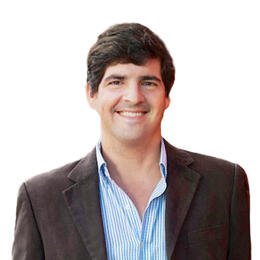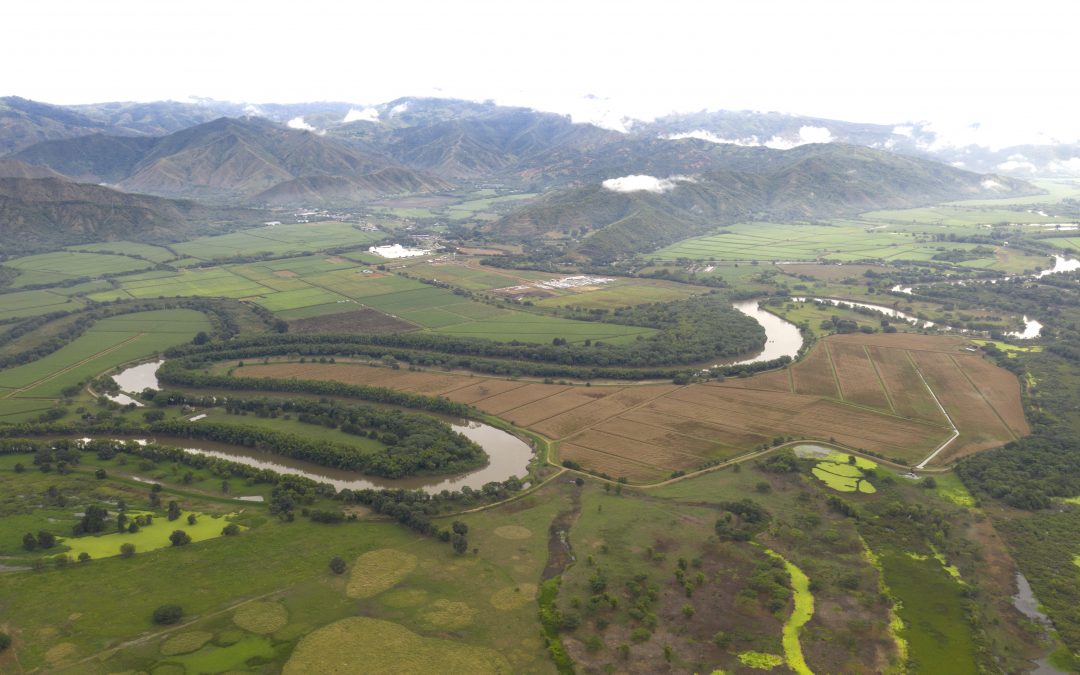This episode features two senior conservation specialists from Audubon: Aurelio Ramos and Gloria Lentijo. They talk about Audubon’s new strategies in Latin America, the Caribbean, and Canada. This hemispheric approach stems from the recognition that the majority of vulnerable bird species found in the U.S. spend most of their lives in Canada, Latin America, and the Caribbean, which have some of the world’s most biodiverse landscapes and seascapes. The Neotropical Realm alone has 41% of all bird species on Earth, and Canada is North America’s bird nursery.
In this episode, Aurelio and Gloria talk about Audubon Americas and their ambitious plan to address conservation shortfalls in Latin America and the Caribbean. Over the next five years, Audubon is targeting 10 million hectares (25 million acres) of prime ecosystems that are important for priority birds and wildlife, and human well-being. Along the way, they talk about their favourite birds and landscapes.
Below is the video recording of the episode.

Based in Washington DC, Aurelio Ramos is senior vice president for Audubon Americas. In that role he oversees the program, its international partnerships, and conservation teams working throughout Canada, Latin America, and the Caribbean.
Gloria Lentijo is the working lands strategy manager for Audubon Americas. A native of Colombia, Gloria has more than 18 years of experience integrating community participation in conservation through the implementation of bird-friendly practices in agricultural landscapes.

Questions
- Aurelio, first of all, basic question. Why are the Americas important for birding and birds?
- Gloria, you are an expert in connecting community, agriculture and bird-friendly practices. Now, this varies from culture to culture. Can you tell us how you do this in Latin America.
- Gloria: follow up question. You are an expert in cattle ranching and nature based solutions. How does this influence the conservation of birds.
- Aurelio, follow up question: can you outline the four strategies that Audubon has decided to follow in the Americas.
- Aurelio, Audubon’s website says that your “new strategies are designed to deliver conservation results at an unprecedented scale and pace.” Both those words are important. Please talk about scale, and talk about pace. Why is this speed necessary?
- Gloria: talk about the challenges that you faced? And what are some of the learnings that other countries like India can use?
- Aurelio: According to your AIAP Executive summary, Audubon aims to conserve 10 million hectares of important bird habitat in Latin America and the Caribbean by 2026, and 40 million hectares by 2030. That is very ambitious. But first, how did you come up with this number– your ‘north star’ as the report called it. Aurelio, how did you come up with this number? Is it important?
- Aurelio: follow up. Your report says, “We will concentrate on habitats of highest value to migratory birds and threatened and endemic resident birds, factoring in future climate strongholds. We will test and scale pilots and demonstration projects across priority habitats in four core countries.” Please help me understand what “highest value” habitats means. Also, what are some of the pilots you are thinking about or working with.
- Gloria, Colombian coffee is almost as well known as Colombia as a birding destination. Talk to us about why these two are interconnected and how to solve the coffee business so it is favourable for birds.
- Some lighter questions. Aurelio: please tell us for people who have never visited South America about what we can expect to see there. What are some of your favourite birds? And some great birding experiences?
- Same question for Gloria– favourite birds and experiences.


